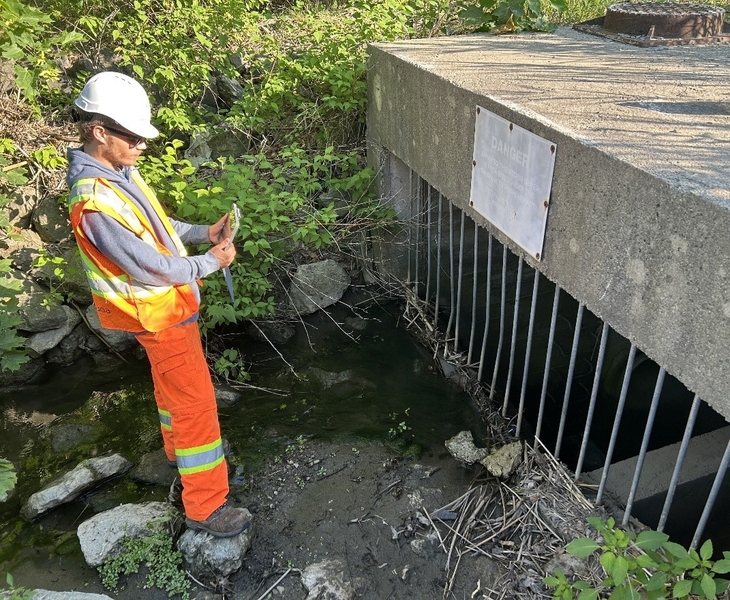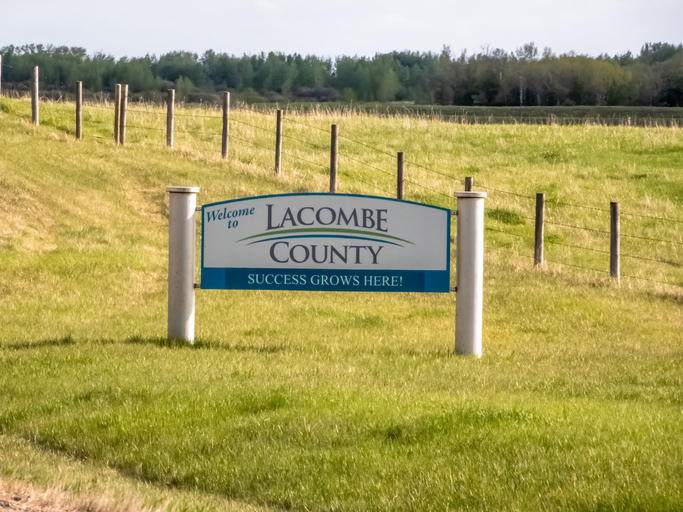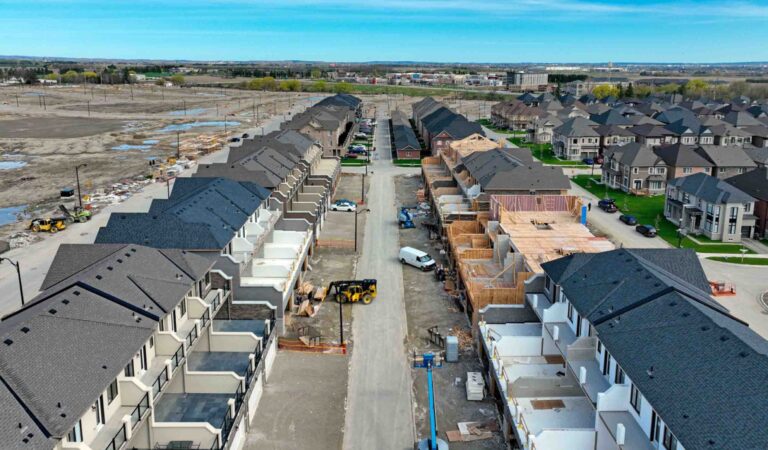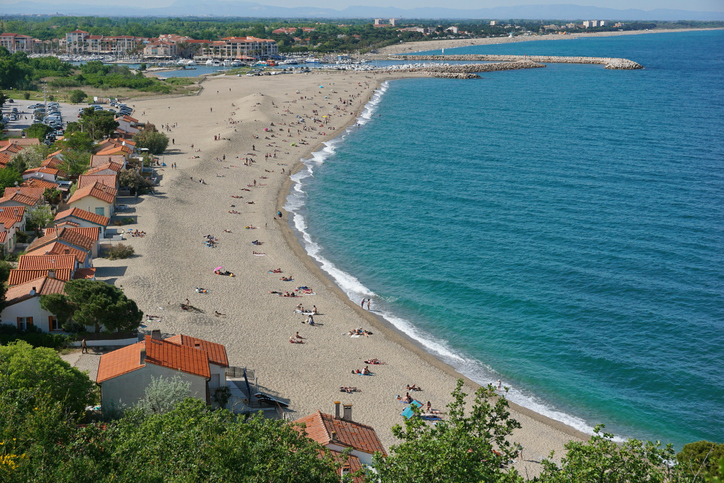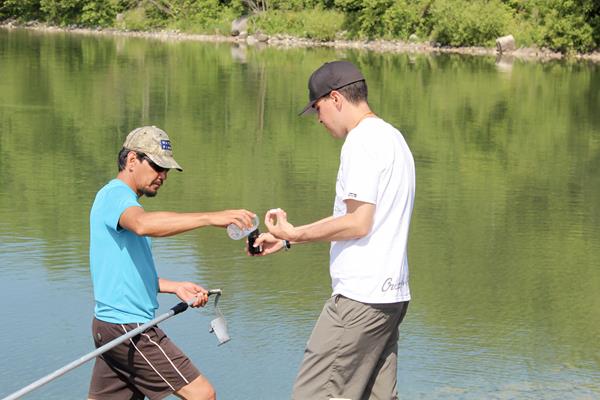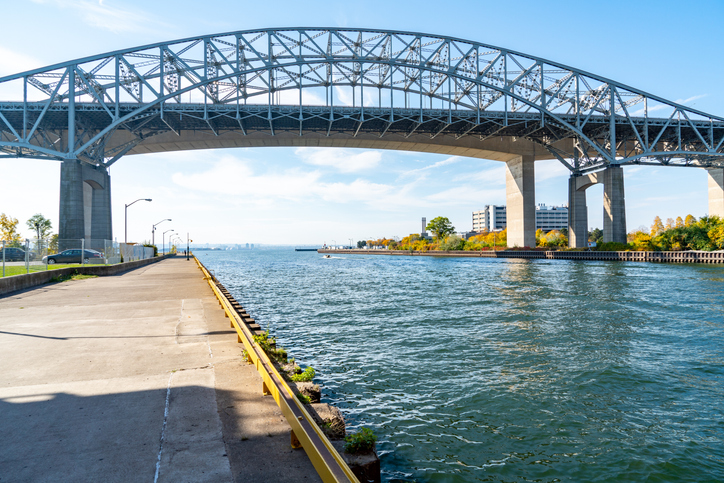Long-term groundwater monitoring can be a complex, and potentially costly, practice requiring frequent sampling and laboratory analysis.
A new method developed by scientists at the Department of Energy’s Lawrence Berkeley National Laboratory (Berkeley Lab) and Savannah River National Laboratory allows for a low-cost method of real-time monitoring using commonly available sensors. Their study, In Situ Monitoring of Groundwater Contamination Using the Kalman Filter, was published in the journal, Environmental Science & Technology.
“Conventional methods of monitoring involve taking water samples every year or every quarter and analyzing them in the lab,” said Haruko Wainwright, a researcher who led the study. “If there are anomalies or an extreme event, you could miss the changes that might increase contaminant concentrations or potential health risk. Our methodology allows continuous monitoring in situ using proxy measurements, so we can track plume movement in real time.”
However, long-term monitoring could be costly over time for large contaminations. And often, long-term monitoring strategies don’t consider how abrupt or gradual changes in weather, such as heavy rain events, might influence plume behaviors. This aspect is particularly important when considering persistent plumes, such as those associated with metal or radionuclide contamination.
“Analysis of the autonomous in situ data can be rapidly analyzed remotely using machine learning methods,” said Wainwright. “It can act as an early warning system—we can detect sudden changes in contaminant levels. These changes may indicate a need for more or less intervention in terms of the remediation strategy, ideally leading to improved as well as more cost-effective cleanup.”
The new approach starts with sensors to track water quality variables that have been determined to be reliable indicators of contaminant levels. For the purposes of this study, the researchers tracked levels of tritium and uranium-238 in the groundwater at the Savannah River site, a former nuclear weapons production site in South Carolina managed by the DOE.
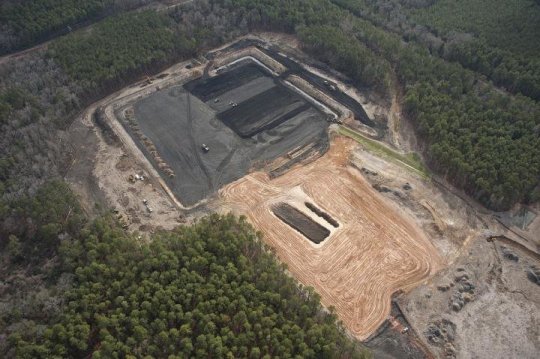
For this site, they measured the acidity levels and specific conductance, which were determined to be reliable indicators for tritium and uranium-238 concentrations. The data from the multiple sensors were then fed into a Kalman filter to estimate contaminant concentrations. A Kalman filter is a mathematical algorithm that can integrate mixed time-series data to make estimates.
Using historical data from the Savannah River site, the researchers found that their technique provided reliable information about plume behavior over the last 20 years. These results suggest that the new approach holds promise as a long-term monitoring strategy. Another advantage of the method is that it can reduce the frequency of manual groundwater sampling and lab analysis, compared to conventional methods, thus reducing the cost of monitoring.
“There are so many different types of sensors available now, and sensor networking and rapid statistical analysis is straightforward,” said Wainwright. “We can put together all types of in situ sensors and estimate the target contaminant concentration using this framework for data integration in real-time.”

